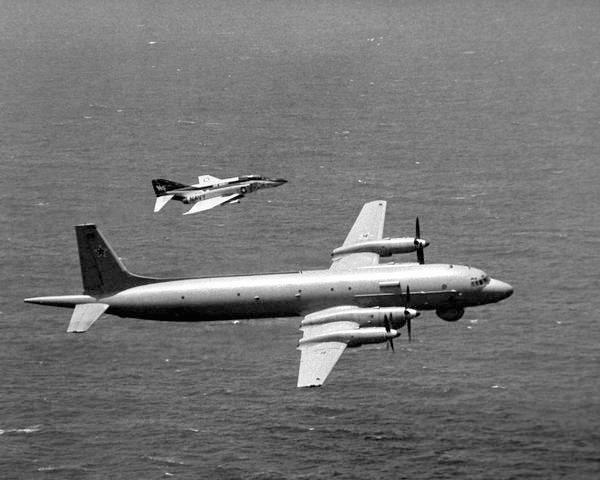BLUEJACKET
Banned Idiot
Re: How Do You Sink A Carrier?
As I observed already, those airtankers and AWACs can be attacked too, so the combat radius of Navy jets will be even less than 400-600mi. In war, nothing is 100% sure, but in case of China the odds are in her favor- taking the geography into consideration as well. No matter how you look at it, the seas around China from Korea in the North to the Gulf of Tonkin in the South are confined between the mainland, peninsulas, shallows, reefs and islands, with numerous straits. It won't surprise me a bit if there is a submarine cable with acustic/magnetic sensors crisscrossing the bottom in all directions, or at least in the most likely spots were CSGs may transit/operate. Maybe their escort SSNs are quiet, but other surface ships aren't, plus we all know how noisy helos, catapults and fighters are!
And if the British got a SOSUS, it's not beyond the relam of possibility that the Chinese and others could deploy something similar too!
Who cares if it's impossible to find them in the open ocean -assuming with a strech that it's true at all times? To accomplish their mission of power projection ashore, a CSG must come within striking distance of their intended targets.As to effectiveness against ground installations, this is generally true, although with refueling capability that effectiveness can be extended when necessary.
At 400-600 miles off shore, I believe a carrier will still be difficult to locate and a very hard nut to crack. It is a moving target, it is well defended, and it is not so easy to find as you portray within those distances. 400 to 600 miles is a long ways and there are many different azimuths to search at those distances from the land mass. With ECM, and using passive methods, it is not as easy to find...depending on weather and the capabilities of the spaces based assets, it is also not a sure thing that it will be found....and once it is, as I say, it is not an easy thing, even for the PRC, to then go out and challenge it.
As I observed already, those airtankers and AWACs can be attacked too, so the combat radius of Navy jets will be even less than 400-600mi. In war, nothing is 100% sure, but in case of China the odds are in her favor- taking the geography into consideration as well. No matter how you look at it, the seas around China from Korea in the North to the Gulf of Tonkin in the South are confined between the mainland, peninsulas, shallows, reefs and islands, with numerous straits. It won't surprise me a bit if there is a submarine cable with acustic/magnetic sensors crisscrossing the bottom in all directions, or at least in the most likely spots were CSGs may transit/operate. Maybe their escort SSNs are quiet, but other surface ships aren't, plus we all know how noisy helos, catapults and fighters are!
China's space-based surveillance and communications systems can detect and relay information on large US buildups. China's on-orbit collection systems include NRT imaging, ELINT, and SBWAS (radar). On-orbit communications systems include a Chinese-owned civilian constellation (serving Asia and Oceania) in LEO plus three military communications satellites in GEO. China also has replacement satellites and available launchers ready to go.
...the Chinese have SOSUS-type arrays in both the Sea of Japan and the East China Sea. The Chinese used commercial ships during peacetime to deploy this system. It is connected via fiber-optic cable with a control center in China (undetermined location). It is a relatively crude system; quiet submarines can operate with little chance of detection. However, large-screw surface ships and submarines firing missiles are readily detected. As a result, US Navy ships capable of offensive operations will assume a high level of risk if they operate in either the Sea of Japan or the East China Sea. [OR THE SOUTH CHINA SEA, FOR THAT MATTER!]
The arrays are sensitive enough to let experts identify not only classes but specific submarines. In addition, SOSUS can monitor the movements of naval ships on the surface of the ocean and even aircraft flying low over it.
And if the British got a SOSUS, it's not beyond the relam of possibility that the Chinese and others could deploy something similar too!
Last edited:




